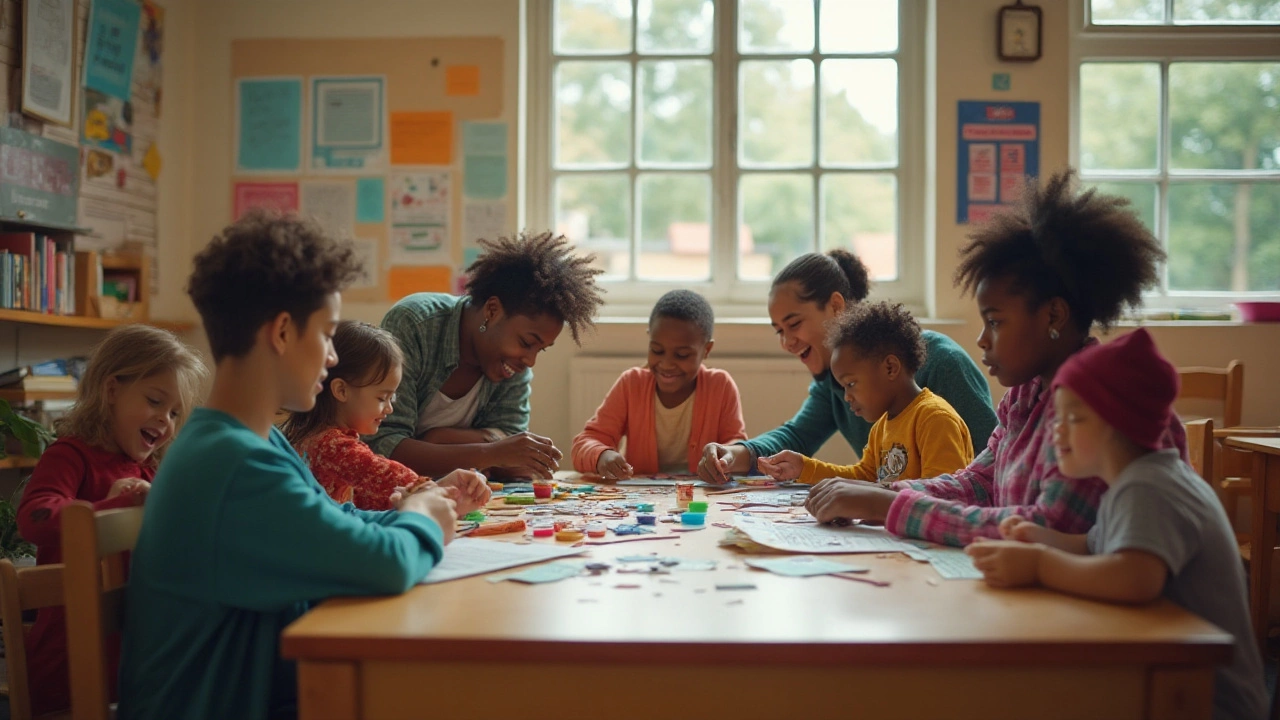Engagement Strategies for Community Groups
Ever wonder why some events feel dead‑ended while others buzz with energy? It often comes down to how you get people involved. Good engagement isn’t magic – it’s a set of habits you can start using today. Below are easy‑to‑apply ideas that work for volunteers, fundraisers, and any local group looking to connect.
Why Engagement Matters
When people feel part of something, they show up, stay longer, and bring friends. That extra boost can turn a modest workshop into a thriving program. Engagement also gives you quick feedback, so you can adjust activities before they flop. Think of it as a two‑way street: you give folks purpose, and they give you momentum.
One common mistake is assuming interest will appear on its own. In reality, clear purpose and visible impact drive commitment. Ask yourself: can a new member see what their effort changes within the first week? If the answer is no, tweak the plan.
Simple Tactics That Work
1. Personal Invitations – A generic email can get lost. Take a minute to send a short, friendly note that mentions the person’s skill or past contribution. "Hey Jane, we could use your knack for organizing games at our next meet‑up. Want to help?" This makes the ask feel personal and valued.
2. Quick Wins – Start with a small, achievable task that shows results fast. For a fundraising drive, ask volunteers to gather just five donations in an hour. Celebrate the tally openly; people love seeing immediate success.
3. Storytelling Sessions – Share a short story of how the group helped someone last month. Real‑world impact sticks in memory better than numbers. Let a volunteer tell the story in their own words – authenticity wins.
4. Recognition Moments – Publicly thank helpers at the end of a meeting or post a shout‑out on your community board. Even a simple "Thanks, Tom, for setting up the chairs" boosts morale and signals that effort doesn’t go unnoticed.
5. Mix Up Activities – Not everyone enjoys long lectures. Blend discussion, hands‑on tasks, and short games. A 10‑minute ice‑breaker before a planning session can loosen up the group and spark ideas.
6. Use Simple Tech – A shared Google Sheet or a WhatsApp group keeps info flowing without overload. Post updates, reminders, and quick polls. The less friction, the more people will stay in the loop.
7. Ask for Feedback – After an event, send a one‑question survey: "What was the best part, and what could be better?" People appreciate being heard, and you collect actionable tips for the next round.
8. Pair Newbies with Mentors – Pairing a first‑timer with a seasoned volunteer creates a support system. The mentor gets a sense of purpose, and the newcomer feels guided, not lost.
Try mixing three of these tactics for your next gathering. Observe how attendance, enthusiasm, and follow‑through change. Small tweaks often lead to big results, and you’ll see the ripple effect in future projects.
Remember, engagement is a habit, not a one‑off event. Keep asking, "How can we make it easier for people to join in?" and watch your community grow stronger every week.

The 5 Crucial C's of Engagement in Community Outreach
Engagement is key to successful community outreach. The 5 C's—Clarity, Consistency, Connection, Collaboration, and Communication—are essential pillars. Understanding these elements can help create impactful and lasting community interactions. Implement practical strategies to foster these qualities and enhance outreach efforts. Unlock the potential of meaningful engagement with these core principles.

Exploring the Dynamics of Effective Community Outreach Strategies
Community outreach plays a vital role in building and strengthening connections between organizations and the local populace. This article sheds light on the mechanisms that drive successful outreach initiatives, including the strategic planning, execution, and evaluation of community programs. An exploration of the dynamic world of community engagement reveals the tools and approaches that can be employed to foster a positive impact. Readers will also find practical tips to boost their own outreach efforts, enhancing their contributions to societal improvement.

Unlocking Effective Community Outreach: Six Key Aspects
Community outreach is essential for fostering meaningful relationships and positive change. Understanding the six crucial aspects—building trust, tailoring communication, cultivating collaboration, nurturing inclusivity, leveraging technology, and evaluating impact—can enhance outreach efforts significantly. Implementing these components helps organizations connect with diverse audiences and address community needs effectively. Learn practical tips and insights to make your outreach initiatives more impactful. Discover ways to harness these aspects for stronger, lasting connections.